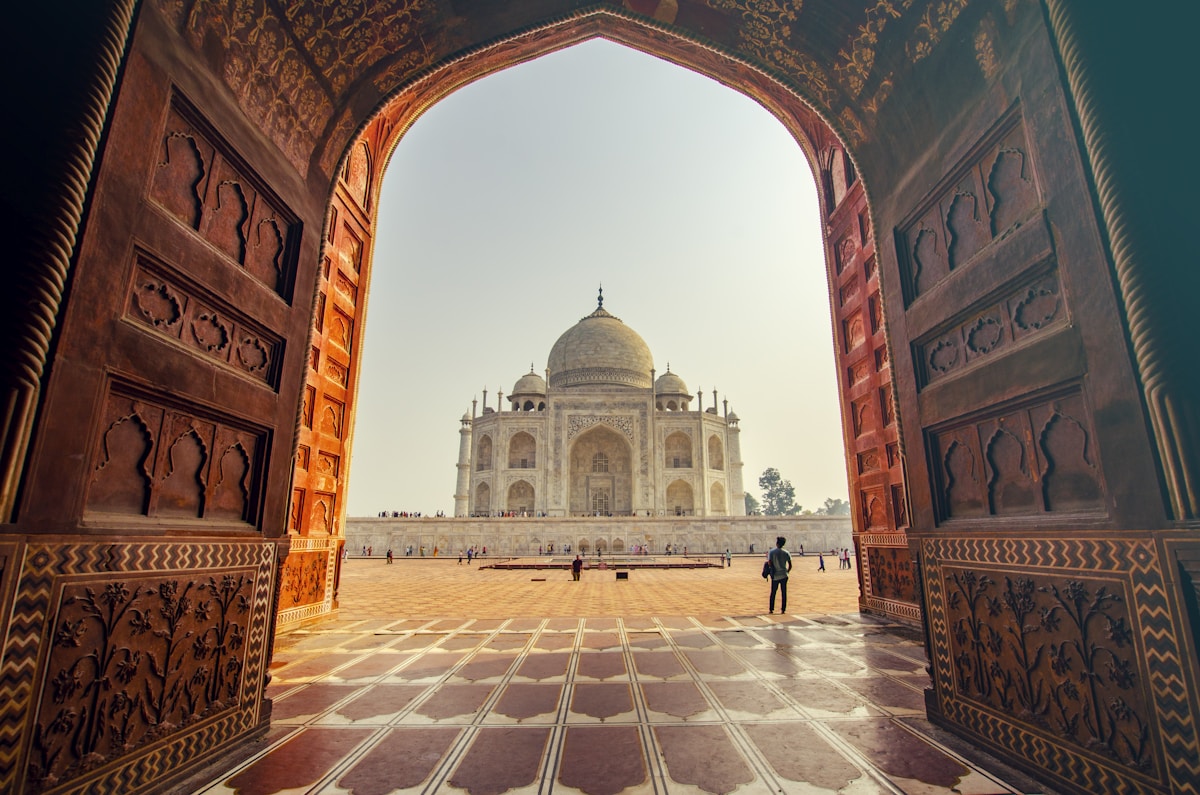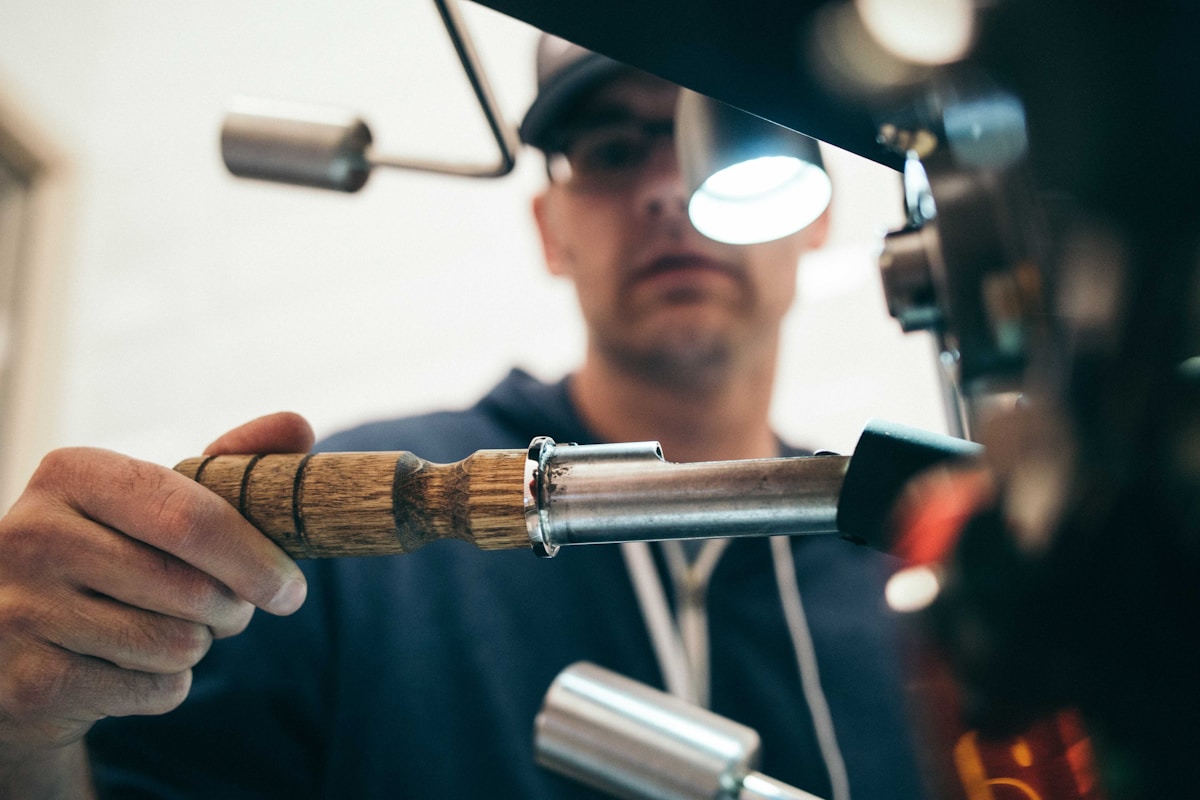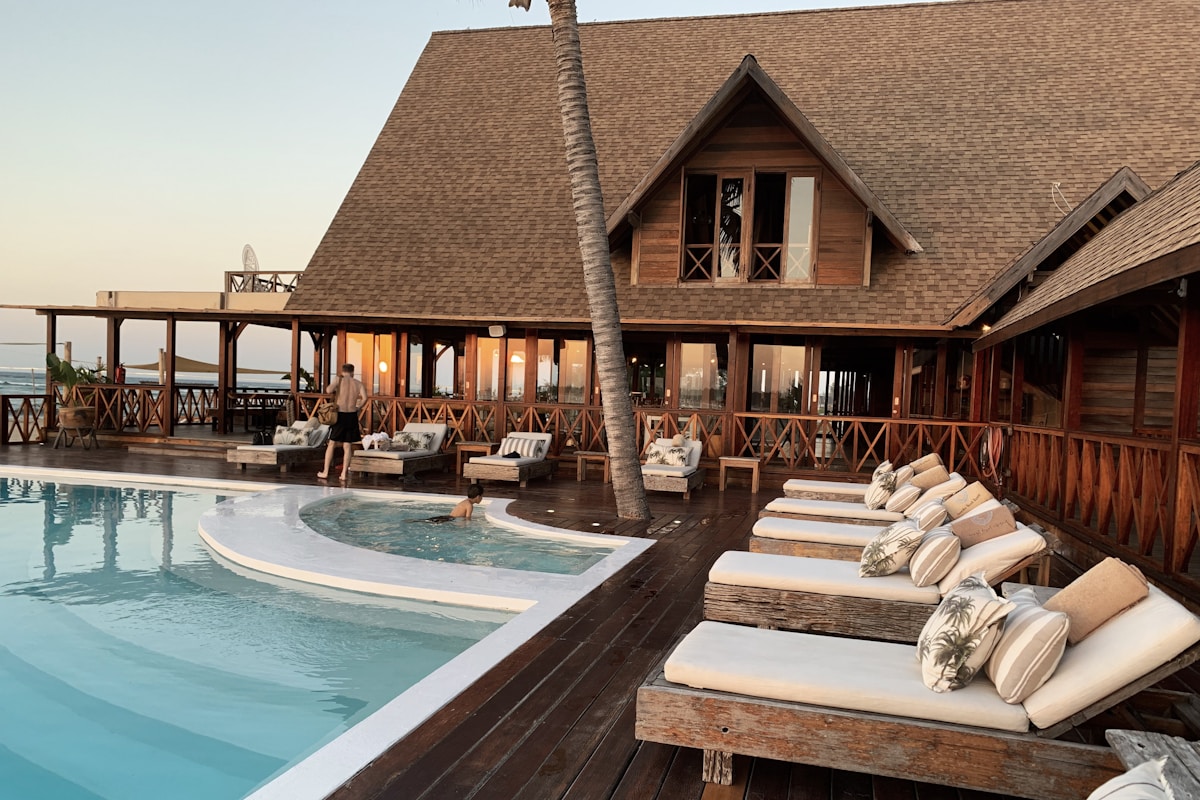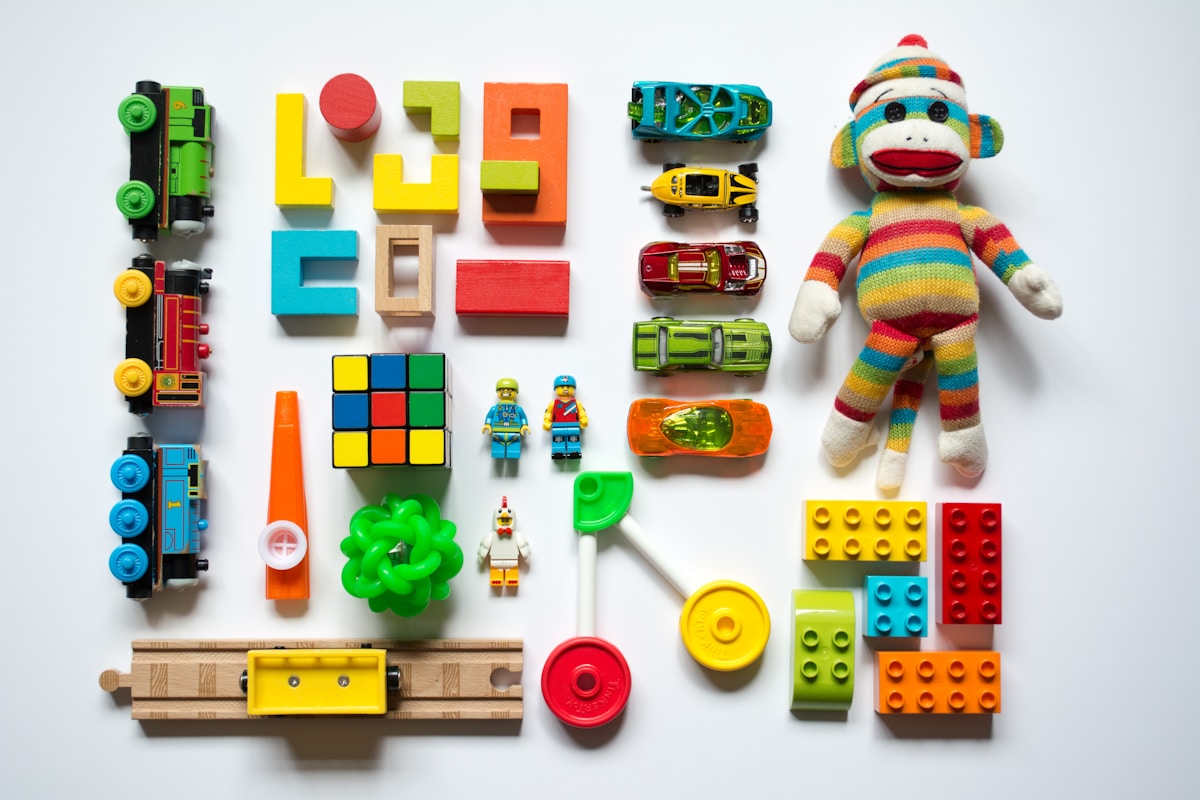Nan Tien Temple in Wollongong is the Southern Hemisphere's largest Buddhist temple—a stunning architectural achievement and significant spiritual centre just 90 minutes south of Sydney. Built by Taiwan's Fo Guang Shan Buddhist order, it represents Humanistic Buddhism's vision: making Buddhism accessible, practical, and relevant to contemporary life.
I've visited Nan Tien dozens of times over the years—for meditation retreats, cultural programs, and simple contemplative visits. Each time, the combination of architectural beauty, spiritual atmosphere, and genuine welcome makes the journey worthwhile. Whether you're Buddhist, curious about Buddhism, or simply appreciate beautiful sacred architecture, Nan Tien offers remarkable experiences.
History and Fo Guang Shan Buddhism
Nan Tien Temple was completed in 1995 after years of planning and construction. It's part of Fo Guang Shan, a global Buddhist organization founded by Venerable Master Hsing Yun in Taiwan in 1967. Fo Guang Shan now operates over 200 temples worldwide, making it one of Buddhism's most successful modern movements.
The name 'Nan Tien' means 'Paradise of the South,' reflecting its location and mission as spiritual refuge. The temple's purpose extends beyond religious services to education, cultural preservation, and community service—embodying Humanistic Buddhism's emphasis on engaged Buddhism rather than monastic withdrawal.
Architecture and Grounds
Nan Tien's architecture is breathtaking. Traditional Chinese Buddhist temple design on a massive scale—elaborate rooflines with curved eaves, intricate wood carvings, colorful decorative paintings, and imposing scale that inspires genuine awe.
Main Shrine Hall
The main shrine hall houses three large golden Buddha statues representing past, present, and future Buddhas. The hall's height, elaborate ceiling decorations, and meticulous detail create space that feels genuinely sacred. Natural light filters through carefully designed windows, creating atmosphere conducive to contemplation.
The arhats (enlightened disciples) lining the walls are individually crafted with distinct expressions and postures. Buddhist artwork throughout the hall tells stories from Buddhist scriptures and Chinese Buddhist history.
Great Compassion Shrine Hall
This hall is dedicated to Guan Yin (Avalokiteshvara), the Bodhisattva of Compassion. Multiple Guan Yin statues in different forms reflect this deity's many manifestations. The atmosphere is intimate compared to the main hall, creating space for personal prayer and devotion.
Temple Grounds
The landscaped gardens surrounding the temple enhance the peaceful atmosphere. Walking paths, contemplative spaces, water features, and carefully maintained gardens invite wandering and reflection. The grounds are designed according to feng shui principles, creating harmonious energy flow.
During cherry blossom season (late winter/early spring), the flowering trees create spectacular displays that draw photographers and families picnicking under blossoms.
Visiting Nan Tien Temple
Nan Tien welcomes visitors of all backgrounds. The temple balances religious functions with cultural tourism, managing to serve both purposes without compromising either.
Operating Hours: The temple is generally open daily from 9am-5pm, though hours may vary for special events or ceremonies. Check the website before visiting.
Admission: Entry is free, though donations support temple operations. Guided tours are available explaining the temple's architecture, Buddhist symbolism, and Fo Guang Shan's mission.
Dress Code: Modest clothing covering shoulders and knees. Remove shoes before entering shrine halls (shoe storage is provided). The temple provides loaner clothing if your attire doesn't meet requirements.
Photography: Allowed in most areas, though flash photography and photography during ceremonies is prohibited. Always ask if unsure.
Getting There: Nan Tien is in Berkeley, just south of Wollongong—approximately 90 minutes drive from Sydney via M1. Public transport is possible but inconvenient (train to Wollongong, then bus or taxi). Driving is most practical, with ample free parking available.
Programs and Activities
Meditation and Dharma Classes
Nan Tien offers regular meditation classes for all levels—from complete beginners to experienced practitioners. Classes typically include instruction, guided practice, and discussion. Most programs are in English, making them accessible to non-Chinese speakers.
Dharma talks explore Buddhist teachings and their application to contemporary life—topics like managing stress, finding meaning, dealing with loss, and cultivating happiness. The teachings are practical rather than abstract, reflecting Humanistic Buddhism's emphasis on relevance.
Meditation Retreats
Nan Tien offers meditation retreats ranging from one-day programs to week-long intensive retreats. These provide immersion in Buddhist practice through extended meditation, dharma study, vegetarian meals, and temple routine.
Retreat accommodation is simple but comfortable—shared or single rooms with basic amenities. The focus is practice rather than luxury, though facilities are clean and well-maintained.
Retreats follow structured schedule: morning chanting, multiple meditation sessions, dharma talks, work practice, and evening reflection. Noble silence is typically maintained—no talking except during designated times.
I've attended several retreats at Nan Tien. The combination of intensive practice, supportive environment, and freedom from daily distractions creates conditions for genuine transformation. Retreats are challenging—extended sitting is physically uncomfortable, the mind resists discipline—but profoundly rewarding.
Cultural Programs
Beyond specifically Buddhist programs, Nan Tien offers cultural activities—Chinese calligraphy classes, tea ceremony instruction, Buddhist vegetarian cooking workshops, and lectures on Buddhist art and culture.
These programs welcome people interested in Chinese culture regardless of religious interest. They represent Humanistic Buddhism's emphasis on cultural engagement and sharing Buddhist values through art, aesthetics, and cultural practice.
The Pilgrim Lodge: Accommodation
Nan Tien's Pilgrim Lodge offers overnight accommodation for visitors wanting extended stays. Rooms are simple but comfortable with monastery-style simplicity—clean, quiet, conducive to rest and contemplation.
Staying overnight allows participation in morning chanting at 5:30am—a beautiful way to start the day. The evening atmosphere at the temple is particularly peaceful when day visitors have left and only overnight guests and resident monastics remain.
Accommodation rates are reasonable (around $80-120 per night depending on room type), including simple breakfast. All meals are vegetarian, prepared by temple volunteers following Buddhist dietary guidelines.
Vegetarian Restaurant
Nan Tien's vegetarian restaurant serves Buddhist-friendly Chinese cuisine. The food is surprisingly good—temple cooking has developed sophisticated techniques creating satisfying meals without meat, onions, or garlic (which Buddhists avoid due to their pungent nature).
The buffet-style lunch service offers variety—stir-fried vegetables, mock-meat dishes, rice, noodles, soups, and desserts. Everything is freshly prepared, and the prices are modest. Even non-vegetarians usually enjoy the food, which demonstrates that vegetarian eating needn't be bland or unsatisfying.
The restaurant welcomes everyone—you don't need to be Buddhist or even particularly interested in Buddhism to enjoy a meal. It's popular with families, tourists, and locals seeking healthy vegetarian options.
Humanistic Buddhism Philosophy
Understanding Nan Tien requires understanding Humanistic Buddhism—Fo Guang Shan's distinctive approach emphasizing Buddhism's application to daily life rather than otherworldly focus.
Traditional Buddhism often emphasized renunciation, monasticism, and liberation from the cycle of rebirth. Humanistic Buddhism, while respecting these elements, emphasizes creating 'Pure Land on Earth'—building compassionate, ethical, meaningful life here and now rather than focusing solely on afterlife.
This philosophy explains Nan Tien's approach—welcoming non-Buddhists, offering practical programs, engaging with contemporary issues, and presenting Buddhism as relevant to modern life rather than ancient tradition requiring wholesale cultural adoption.
For Western practitioners and culturally diverse Australians, Humanistic Buddhism provides accessible entry to Buddhist teachings without requiring complete immersion in Asian culture.
Major Festivals and Celebrations
Nan Tien hosts major Buddhist festivals attracting thousands of participants.
Buddha's Birthday (Vesak): Celebrated in May with ceremonies, the ritual bathing of Buddha statue, cultural performances, and community celebration. The temple is beautifully decorated, food is shared, and the atmosphere is festive.
Chinese New Year: While cultural more than specifically Buddhist, Nan Tien celebrates with traditional ceremonies, lion dances, performances, and special vegetarian feasts.
Mid-Autumn Festival: Moon viewing, lantern displays, mooncakes, and family-oriented activities.
These festivals blend religious observance with cultural celebration, making them enjoyable for families and people interested in Chinese culture regardless of religious affiliation.
Practical Tips for Visiting
Timing Your Visit: Weekdays are quieter than weekends. Early morning or late afternoon offers most peaceful atmosphere. Cherry blossom season (September) is beautiful but crowded.
Guided Tours: Free guided tours run on weekends explaining the temple's architecture, Buddhist symbolism, and Fo Guang Shan's mission. These are valuable for first-time visitors.
Combine with Wollongong: Visit the temple, then explore Wollongong—beautiful beaches, coastal walks, and restaurants make good combination with temple visit.
Food and Drink: The vegetarian restaurant serves lunch (approximately 12-2pm). Otherwise, bring food to enjoy in the picnic areas, or eat in Wollongong.
Donations: While entry is free, donations support temple operations. Donation boxes are available, and any amount is appreciated.
Nan Tien's Role in Australian Buddhism
Nan Tien has significantly influenced Buddhism's development in Australia. Its scale, architectural achievement, and professional operation have raised Buddhism's profile, making it more visible and accessible to mainstream Australia.
The temple demonstrates that Buddhism can maintain authenticity while adapting to Australian multicultural context. Its success provides model for other Buddhist groups establishing themselves in Australia.
For Sydney's Buddhist community, Nan Tien serves as major resource—offering programs, retreats, and facilities unavailable at smaller temples. Many Sydney Buddhists regularly visit for intensive practice opportunities.
Final Thoughts
Nan Tien Temple is extraordinary achievement—architecturally impressive, spiritually significant, and remarkably welcoming. Whether you visit for religious practice, cultural interest, architectural appreciation, or simple contemplative retreat from urban life, the temple offers genuine value.
The 90-minute drive from Sydney is worthwhile investment. Few places in Australia offer such authentic yet accessible experience of Buddhist culture and practice. For anyone interested in Buddhism, meditation, Asian culture, or simply beautiful sacred spaces, Nan Tien Temple is essential destination.
As Australia's Buddhist population grows and interest in meditation and mindfulness increases, Nan Tien's role will likely expand. It represents Buddhism's successful adaptation to Australian context while maintaining genuine spiritual depth—a model for religious pluralism in multicultural society.


























